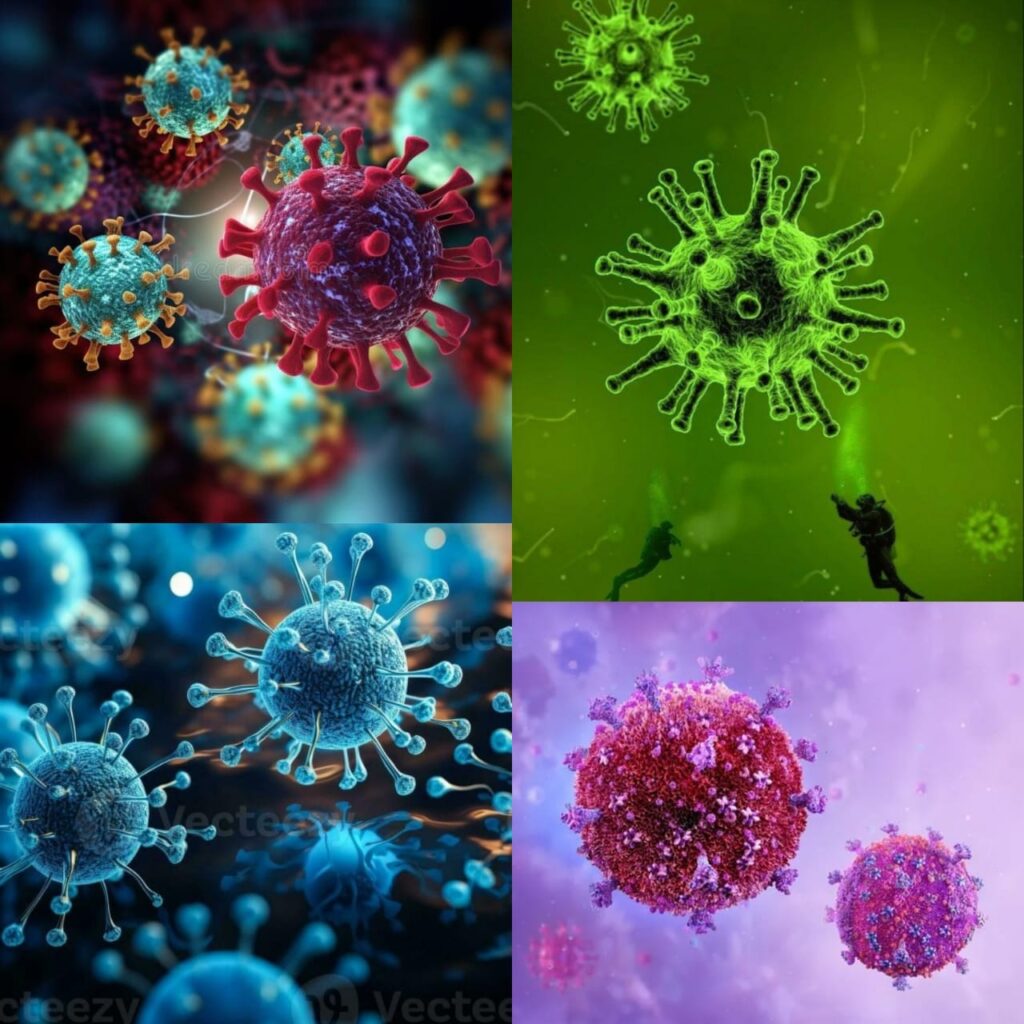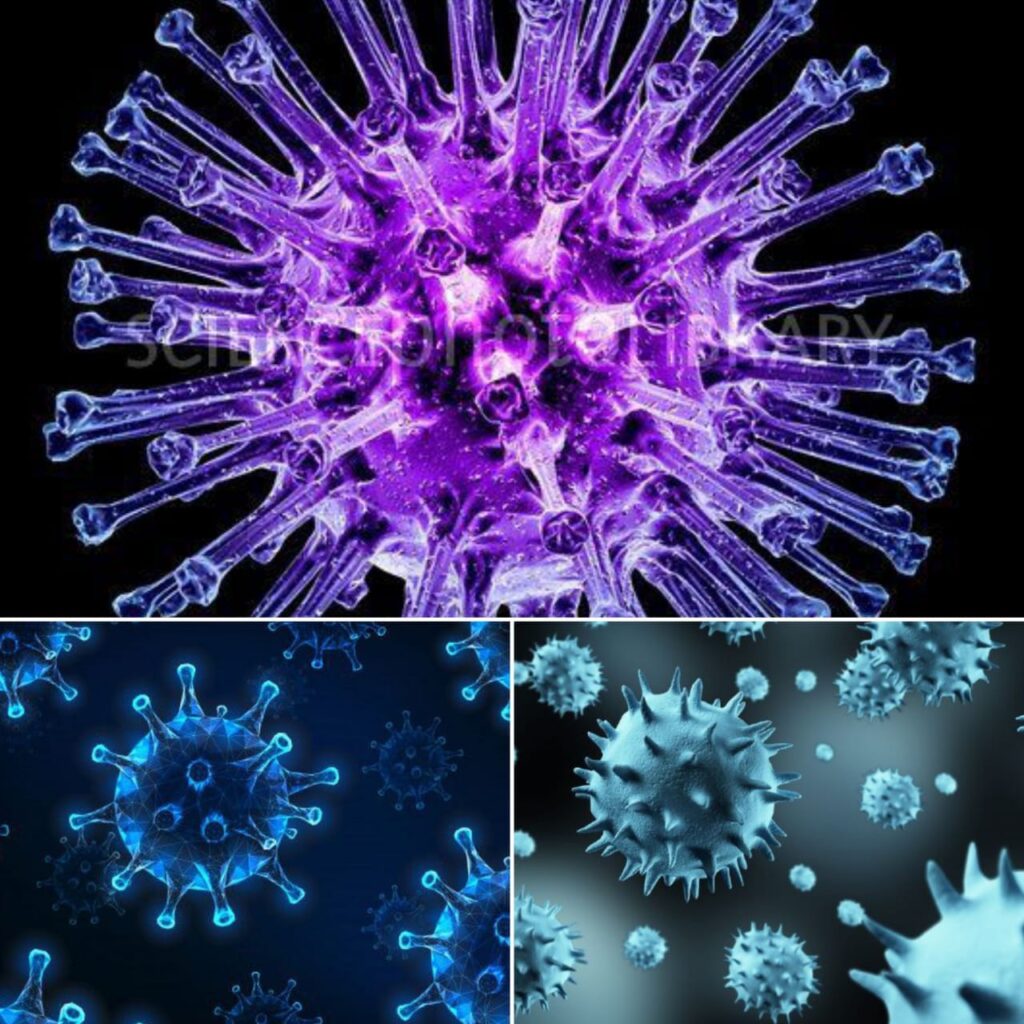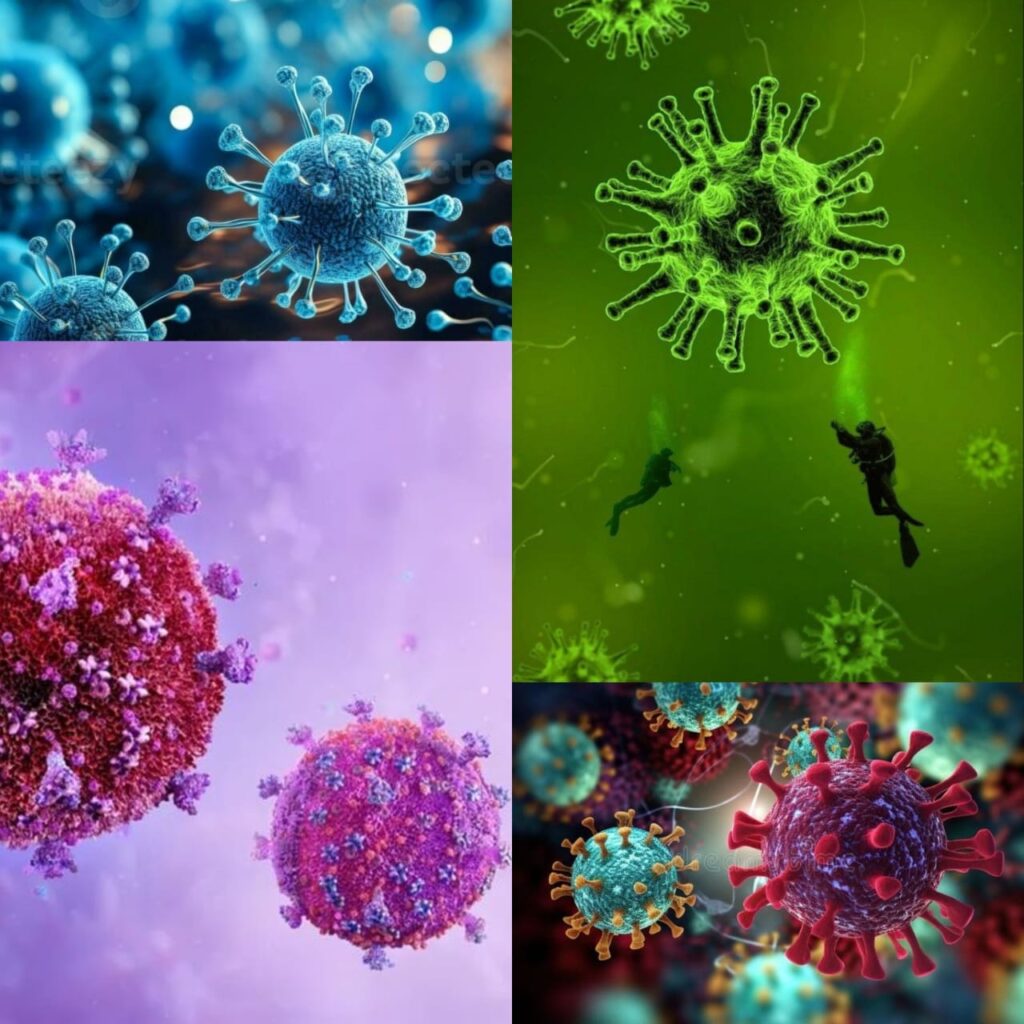

HMPV Explained: Symptoms, Transmission, and Protective Measures
1. Introduction
Human Metapneumovirus (HMPV) is a respiratory virus that is causing concerns due to a recent rise in cases around the world, including in India. Similar to other respiratory illnesses, it spreads quickly and can cause serious problems, especially for vulnerable groups like young children and older adults. This article explains the global and Indian situation and how we can protect ourselves.
2. What is HMPV?
This is a virus that causes infection in lungs and airways. It spreads from one person to another through tiny droplets in the air when someone coughs or sneezes. It’s most dangerous for people with weak immune systems, young children, and the elderly. Symptoms are often similar to a bad cold or flu, but it can lead to more serious breathing problems.
3. The Global Scenario
HMPV cases have been rising worldwide, with many countries reporting outbreaks. While it’s not as well-known as the flu or COVID-19, it can be just as serious for some people. In certain regions, hospitals have seen an increase in patients with respiratory issues linked to this virus.
4. HMPV Outbreak in India
In India, the virus has been spreading in several states, affecting people of all ages but hitting children and the elderly the hardest. Overcrowded places and a lack of awareness make it easier for the virus to spread. The government and healthcare providers are working on identifying and isolating cases while spreading awareness about prevention.
5. Symptoms and Diagnosis
HMPV symptoms include fever, cough, runny nose, wheezing, and trouble breathing. In extreme situations, it will lead to pneumonia. Diagnosing HMPV typically involves medical tests like RT-PCR, but doctors may also recognize it based on symptoms, especially during an outbreak.
6. Preventive Measures
For individuals: Avoid close contact with sick people, wear masks in busy areas, and wash your hands frequently. Eating healthy and exercising can also strengthen your immunity.
For communities: Governments and local organizations can run awareness drives, provide testing facilities, and enforce isolation for infected individuals.
Vaccination: While there’s no specific vaccine yet, ongoing research could make one available in the future.
Global Preparedness
Surveillance Systems
Organizations like the World Health Organization (WHO) and Centers for Disease Control and Prevention (CDC) are strengthening global surveillance networks to detect outbreaks early.
Real-time tracking of respiratory viruses, including HMPV, is helping identify hotspots and prevent widespread transmission.
Vaccine and Treatment Research
Research is underway globally to develop vaccines and specific antiviral treatments for HMPV.
Collaboration among pharmaceutical companies, research institutions, and governments is accelerating the process, similar to efforts during the COVID-19 pandemic.
Global Collaboration
Countries are sharing data and expertise to understand the virus better. For example, genomic sequencing of HMPV strains is being shared internationally to track mutations.
Partnerships through platforms like GAVI (The Vaccine Alliance) and CEPI (Coalition for Epidemic Preparedness Innovations) are focusing on vaccine development and equitable distribution.
Awareness Campaigns
Global health bodies are running campaigns to educate the public about respiratory infections, hygiene practices, and when to seek medical help.
Training programs for healthcare workers on handling HMPV and similar outbreaks are being expanded.
Indian Preparedness
Improving Healthcare Infrastructure
The Indian government has been investing in strengthening healthcare systems, especially in rural areas, where access to medical facilities is limited.
New diagnostic tools for respiratory illnesses, including affordable testing for HMPV, are being introduced in public healthcare settings.
Disease Monitoring and Reporting
India has established systems like the Integrated Disease Surveillance Programme (IDSP) to track outbreaks.
State-level health departments are being trained to quickly report and respond to new cases of HMPV.
Vaccination Development
Indian research institutes like the Indian Council of Medical Research (ICMR) and pharmaceutical companies are collaborating to develop vaccines for respiratory viruses, including HMPV.
Lessons learned from the COVID-19 vaccine rollout are being used to prepare for future vaccine distribution.
Community Awareness and Education
Campaigns through local health workers and media channels are educating people about respiratory infections and the importance of hygiene.
Schools and workplaces are being involved in spreading awareness about prevention.
Policy and Funding
The Indian government is allocating more funds for epidemic preparedness under programs like the National Health Mission (NHM).
Policies are being updated to include newer diseases like HMPV in routine health guidelines.
Future Focus Areas
Strengthening Primary Healthcare: Ensuring every district has access to well-equipped healthcare facilities for early diagnosis and treatment.
Enhancing Research and Development: Increasing investment in research labs for quick development of diagnostic tools and vaccines.
Building Public-Private Partnerships: Encouraging private companies to collaborate with public health bodies for faster innovation and distribution.
Preparedness Drills: Regular drills to simulate outbreak scenarios, ensuring systems are ready to respond quickly. In conclusion, while global and Indian preparedness has improved over the years, the HMPV outbreak serves as a reminder that consistent investment in healthcare, research, and education is essential. By combining global collaboration with localized efforts, future outbreaks can be better managed and controlled.
Conclusion
HMPV is a growing concern, but by following preventive steps and staying informed, we can protect ourselves and our communities. It’s everyone’s responsibility to take small steps, like practicing hygiene and spreading awareness, to control the spread of this virus.
Q&A
Q: What is the treatment of HMPV?
A: There is no specific treatment or antiviral medication for HMPV right now. Doctors usually focus on easing the symptoms, like giving medications to reduce fever, manage coughing, or help with breathing. In severe cases, like when someone has trouble breathing, oxygen support or hospitalization might be needed. Staying hydrated and getting plenty of rest also helps in recovery.
Q: Is HMPV contagious?
A: Yes, HMPV is contagious. It spreads from person to person through tiny droplets when someone infected coughs, sneezes, or talks. You can also catch it by touching a surface contaminated with the virus and then touching your face, especially your nose, mouth, or eyes. That’s why washing hands and maintaining hygiene are so important.
Q: Is HMPV a serious disease?
A: HMPV can range from mild to serious. For most people, it causes symptoms similar to a cold, like a cough, runny nose, and fever. But for infants, elderly people, and those with weak immune systems, it can lead to serious problems like pneumonia or bronchitis. If treated early, most cases can be managed well, but ignoring severe symptoms can make it dangerous.

